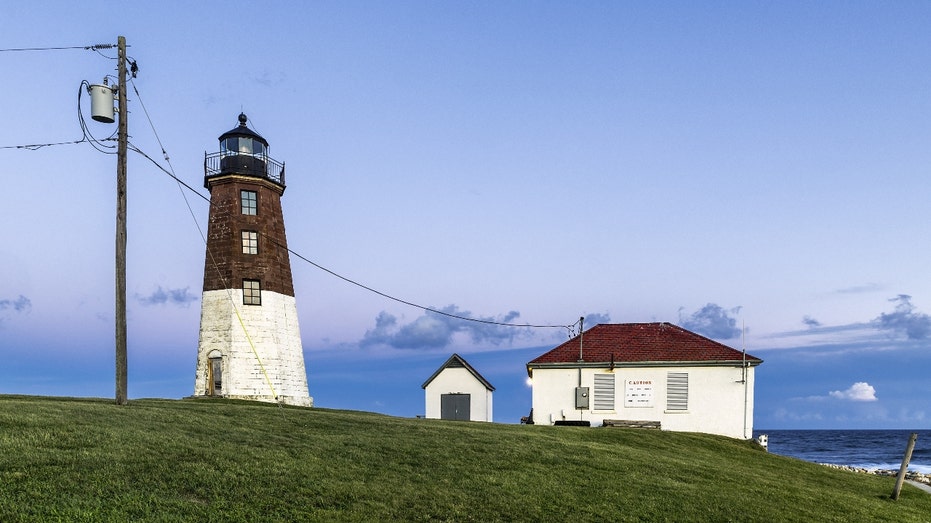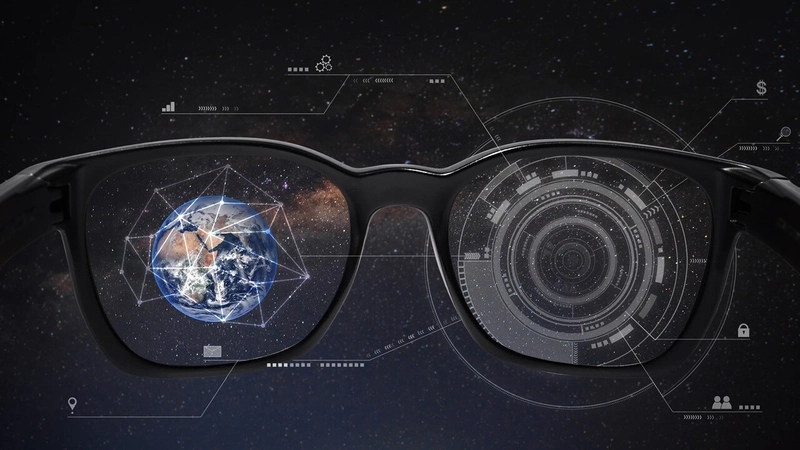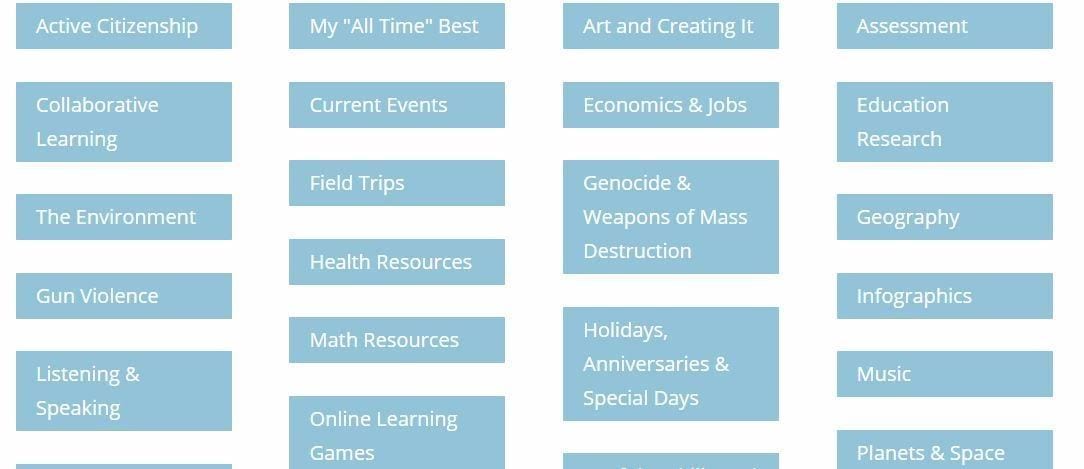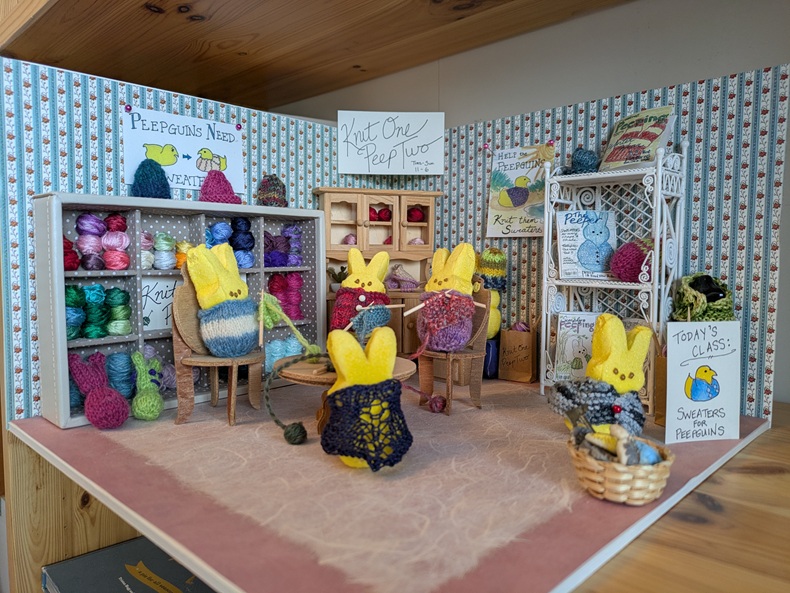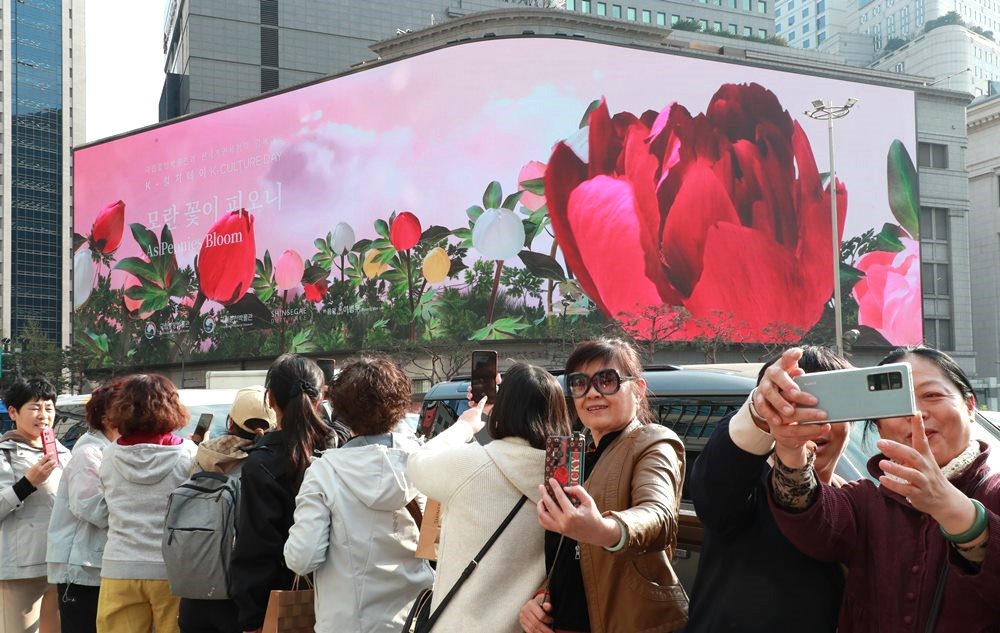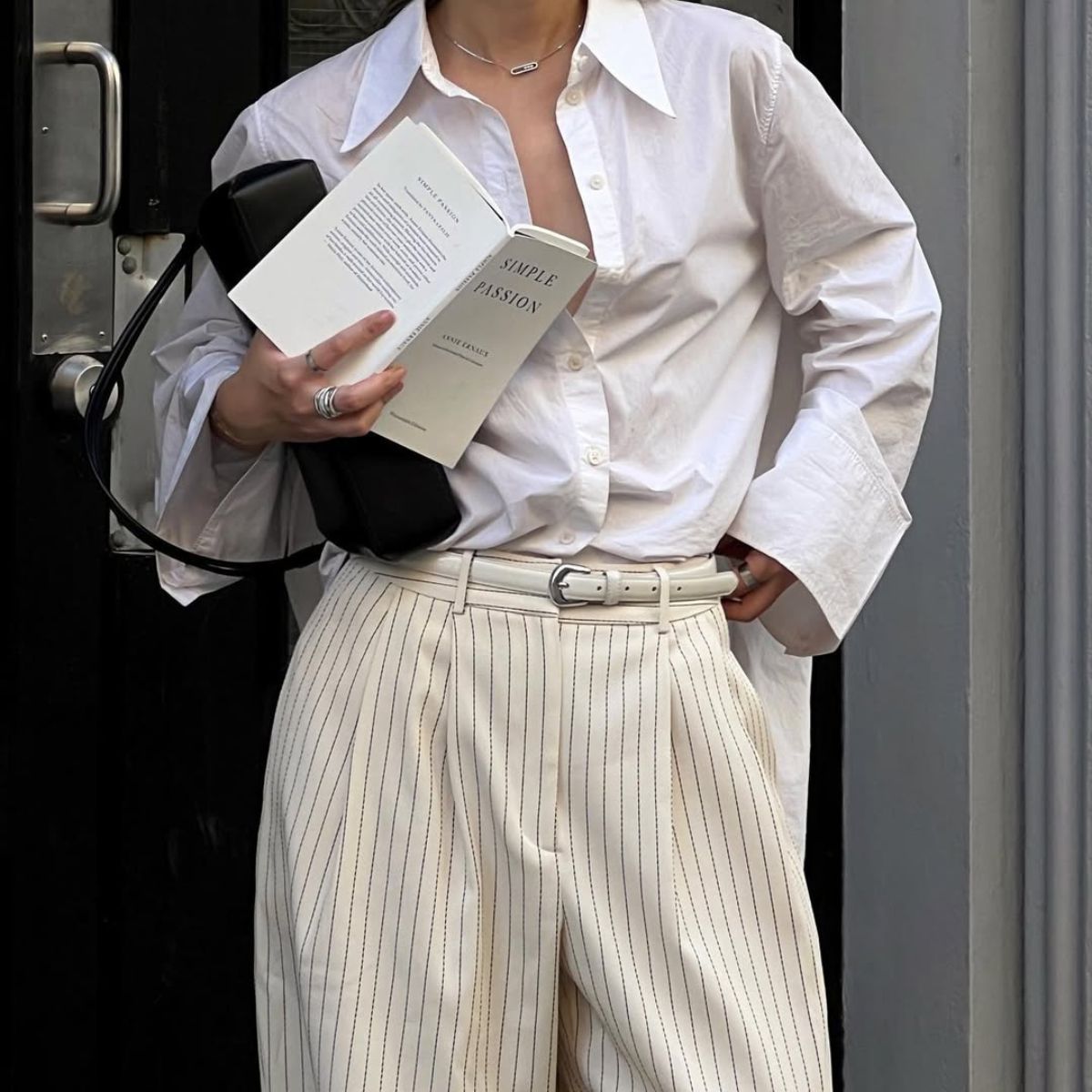Design You Can Feel showcase is "a wonder of the senses" says Nassia Inglessis
Designer Nassia Inglessis discusses how sensory experiences can be used to create wonder in this exclusive talk hosted by Dezeen and ASUS during Milan design week. Dezeen collaborated with Taiwanese electronics brand ASUS and Studio INI founder Inglessis to create an experiential kinetic installation that was showcased in Milan. Inglessis was commissioned to create the The post Design You Can Feel showcase is "a wonder of the senses" says Nassia Inglessis appeared first on Dezeen.


Designer Nassia Inglessis discusses how sensory experiences can be used to create wonder in this exclusive talk hosted by Dezeen and ASUS during Milan design week.
Dezeen collaborated with Taiwanese electronics brand ASUS and Studio INI founder Inglessis to create an experiential kinetic installation that was showcased in Milan.
Inglessis was commissioned to create the installation for Design You Can Feel, a showcase curated for ASUS Zenbook exploring the themes of materiality, craftsmanship and artificial intelligence (AI).
Dezeen editorial director Max Fraser sat down with Inglessis and ASUS senior product marketing manager Coraline Lin to discuss the design behind the installation.
"Here in this exhibition, everything is about getting people engaged," Lin explained.
"A lot of the audience come to us and say, 'what I really love about the exhibition is everything in it, I can physically touch.' That's kind of the things we want to celebrate, and the things that we really want to have fun with," she said.

The installation, titled Willful Wonder, was housed in the historic 1920s Galleria Meravigli, located in the heart of Milan.
The interactive installation featured large, semi-transparent panels that opened and closed in response to movement.
Each wing was made up of aluminium honeycomb panels and ASUS's proprietary Ceraluminum material.
Ceraluminum is a material developed by ASUS for its Zenbook laptops, which combines aluminium's lightweight nature with the durability of ceramics.

Inglessis went on to explain how the installation itself connected to the concept of sensory engagement.
"It was to create this element of wonder in how we relate to materials, to form, to structure," she said.
"There's a starting point of the material itself, [with] the Ceraluminum and the aluminium honeycomb that creates a wonder of the senses, both in touch and in vision."

Speaking on how Ceraluminum was developed by ASUS, Lin said "It's always about making the end user feel good, and really make good use of it."
"We spent so many years exploring the colours, the porosity, and the textures we were looking for," she added.
As visitors walked through the centre of the installation, each of the Ceraluminum-tipped panels shifted around them to create an undulating rhythmic effect.
"There is the wonder of a structural space, an architectural scale that can actually respond to your movement," Inglessis told Fraser.
Fraser noted how the movement of Willful Wonder evokes an unfurling leaf.
"The piece itself is never static," responded Inglessis. "It comes alive with the human presence. It takes form from it, and it's constantly in response to its environment, as you have in plants and in nature – they close up or open up in response to the sun."
"That is that dynamic impermanence we see in nature a lot, yet we don't always get to feel in our built environment. And that's something that I wanted to bring here," she said.
As users moved through the structure, touch sensors in the panels relayed information to a generative AI model.
The AI model then interpreted visitor interactions and formed a screen-based visualisation of the installation.
Fraser concluded the discussion by asking Lin about the importance of exhibiting at Milan design week.
"This is the city of design. We want to be here," Lin said. "We want to showcase, and tell the world the design capabilities, the design thinking [of ASUS]."
"All the staff in this exhibition are actually the designers of ASUS," she added.
"We want each of the designers to really get to know what people think, and what our end user is really looking for, and they could engage and improve, and perhaps dig out something more inspirational for the coming generation," she concluded.
The showcase marks the second year that Dezeen and ASUS Zenbook have partnered up, building on the success of last year's Design You Can Feel exhibition during London Design Festival.
Design You Can Feel ran from 8 to 13 April at Galleria Meravigli in Milan.
Partnership content
Design You Can Feel is a partnership between Dezeen and ASUS Zenbook. Find out more about Dezeen partnership content here.
The post Design You Can Feel showcase is "a wonder of the senses" says Nassia Inglessis appeared first on Dezeen.



